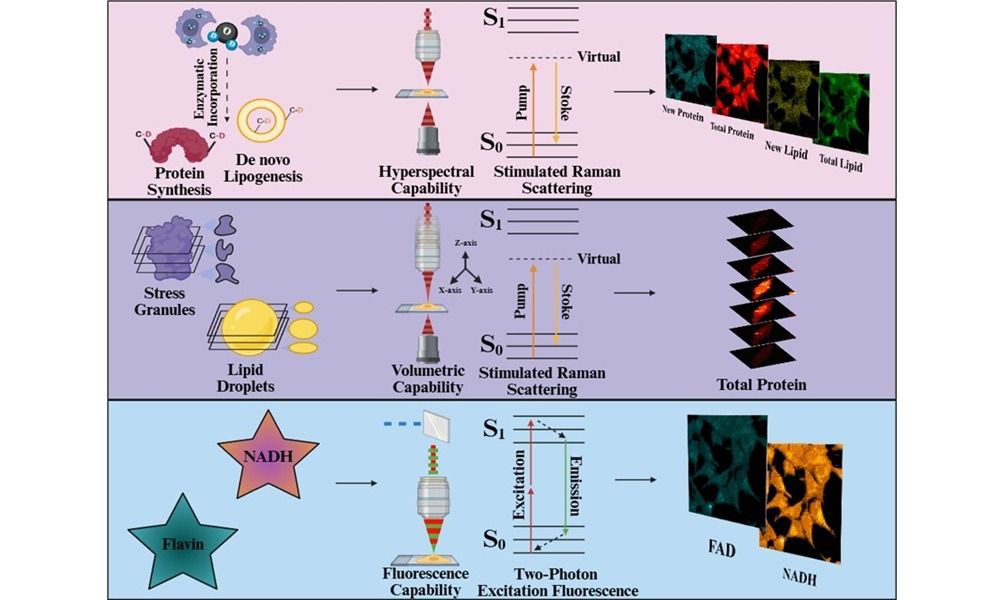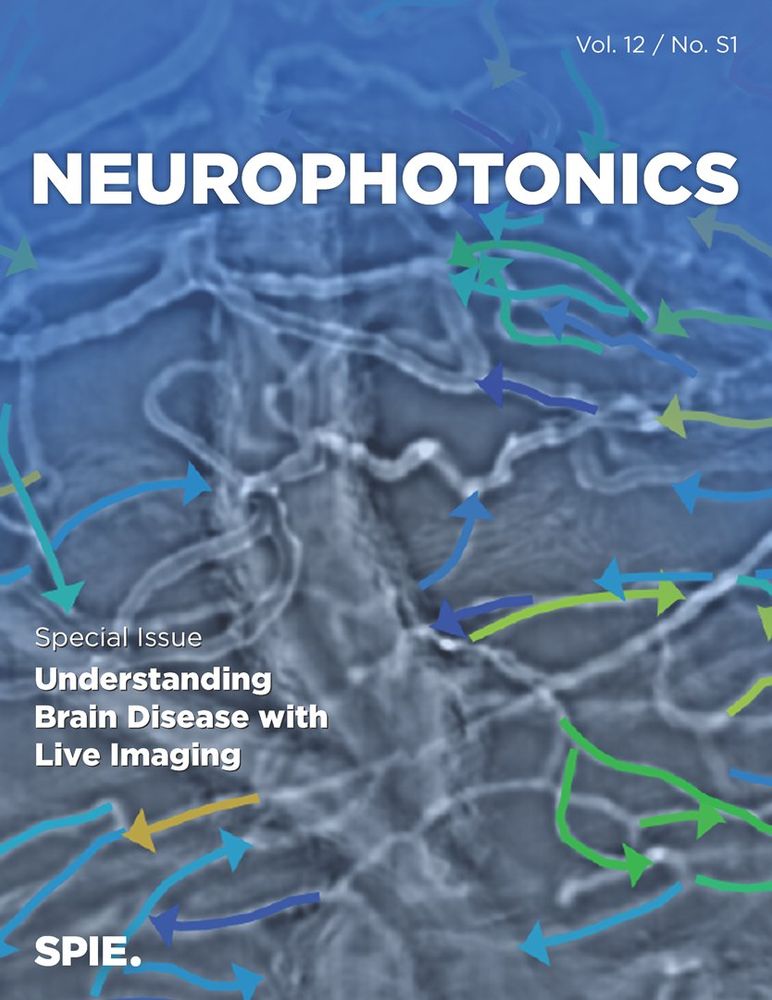SPIE
@spie.org
1.7K followers
1.5K following
630 posts
Welcome to the official account of SPIE, the international society for optics and #photonics. Over the past five years, we have invested over $25M in the international optics community! 💡
Posts
Media
Videos
Starter Packs
Reposted by SPIE

























